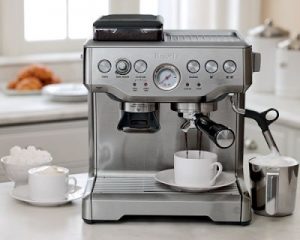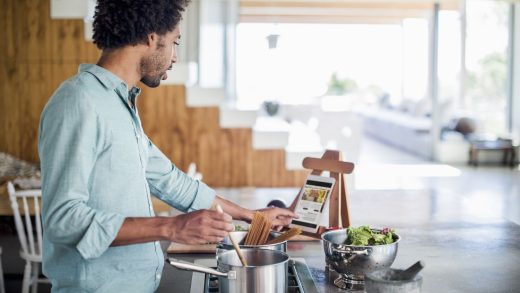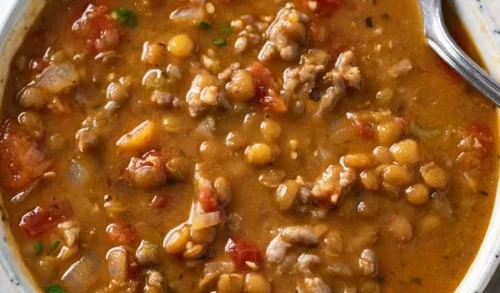If you’ve been reading this series, you’ve seen us take a journey through the world of coffee from the origin to the growing, to the processing, roasting, and grinding. Now, it’s time to get cooking.
Ground coffee can be prepared in two ways: brewing and making espresso. Brewing is clearly the most common and easiest and most forgiving method. Making espresso requires high-pressure water, finely ground coffee, and tightly packed grounds to work correctly. Therefore, we usually leave making one to trained professionals.
The difference is the quantity and type of compounds removed from the grounds. Brewing will remove only the water-soluble compounds, while pressing also removes oil-soluble compounds. Properly brewed coffee should be a shade of brown ranging from light to near black. Also, it should be transparent, not muddy. Espresso should be a light, creamy caramel color, thick and opaque. Under the creaminess is a dark, concentrated liquid.
The key to all coffee making, no matter what kind or method, is water temperature. Too cool and it won’t remove the valuable flavor compounds, thus wasting the coffee. The most common mistake in making coffee is not having water that’s hot enough. Water should be hot, but not boiling if using the drip, percolate, or steep method.
Brewing can break down into several different methods. Boiling was common until the 1930s when filtration methods like percolating became popular. Steeping is common for single portions or cups and is still popular for high-end coffees.
We normally think of Espresso makers as large, steamy, locomotive-looking contraptions that whistle and hiss. These use steam shot through tightly packed grounds to make the drink. But there’s also a vacuum pot commonly used in many homes, especially Italian homes, that produces a similar product on an ordinary stovetop.
There is much more to learn about brewing a good cup of coffee, which we will cover in the next post.




